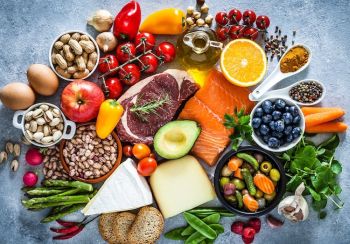The Alkaline Diet and the Warburg Effect
Abstract
The changing diets accompanying our modern life style have increased the content of foods that form acidic metabolic waste residues in the body. Wastes from these metabolic processes are released into the interstitial fluids and the blood, slightly changing their pH temporarily. This link may in turn have an impact on the incidence of non-communicable diseases (NCDs).
According to Warburg effect theory, an acidic cellular and circulatory environment may cause various specific health problems such as hypoxia and cancer, whereas an oxygen-rich optimum-alkaline environment could retain healthy cells. However, the mechanisms by which the diet may be influential on blood pH-related parameters and on health have remained largely unknown.
This paper begins with a detailed presentation of the concepts, issues and the existing evidence regarding alkaline and acid forming diets, and summarizes the three main mechanisms by which the diet influences the acid-base balance in the body. It then presents the findings of a small exploratory study in which one author (HB) followed diets traditionally thought to produce alkaline or acidic residues. After each diet period of one month (with a two-month wash out period), pH, oxygen saturation, and carbon dioxide partial pressure were measured for arterial and for venous blood.
The resulting data indicated that the diets followed changed blood pH-related parameters in the expected directions according to the acid-base theory of health. Increased intake of acid-forming foods resulted in a slightly lower pH level, but a significant reduction of oxygen saturation in the blood, whereas increased consumption of alkaline forming foods maintained the high oxygen saturation in the blood that, according to Warburg effect theory, may, if maintained, reduce the incidence of NCDs. Further cross-over research of this kind is needed, utilizing large samples and testing various dietary modifications.

Authors retain all copyrights. In making a submission to World Nutrition, they are certifying that all material is theirs except quotations, as indicated, and that they have obtained permission for any photos, tables, or graphics taken from other publications or websites.




